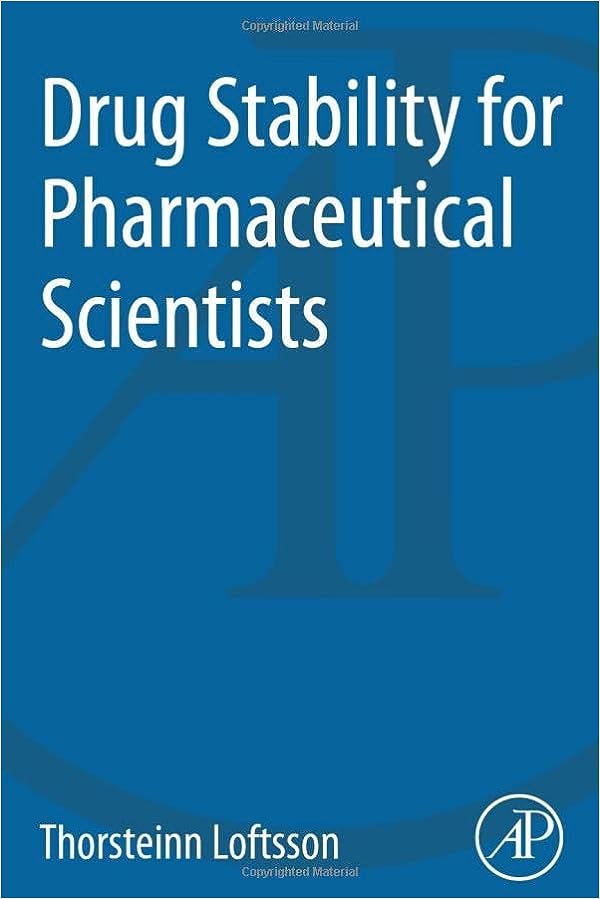Demonstrating Drug Product Stability After Reconstitution
Demonstrating the stability of a drug product after reconstitution is essential to ensure that the reconstituted solution maintains its quality, safety, and efficacy. Reconstitution can alter a drug product’s characteristics, making it susceptible to degradation or changes in potency. To address this, comprehensive studies and analytical assessments are required. In this discussion, I’ll outline the key steps to effectively demonstrate drug product stability after reconstitution.
Initial Compatibility Studies
1. Pre-Formulation: Conduct pre-formulation studies to assess the compatibility of the drug substance with the selected excipients and solvents used during reconstitution.
2. Physical Compatibility: Evaluate the appearance, color, pH,
Stability-Indicating Methods
1. Analytical Techniques: Develop stability-indicating methods capable of detecting degradation products, changes in potency, and any other relevant changes.
2. Impurity Profiling: Identify and quantify potential impurities or degradation products that could arise during reconstitution.
Forced Degradation Studies
1. Stress Conditions: Subject reconstituted samples to stress conditions such as heat, light, humidity, and acid/base hydrolysis to simulate potential degradation pathways.
2. Comparative Analysis: Compare the degradation products formed during forced degradation with those observed in real-world storage.
Real-Time Stability Studies
1. Long-Term Studies: Conduct stability studies on reconstituted samples under recommended storage conditions to monitor changes over time.
2. Accelerated Studies: Perform accelerated studies to predict the behavior of reconstituted samples under exaggerated conditions.
Container Compatibility
1. Container Materials: Evaluate the compatibility of the reconstituted solution with the container and closure materials to prevent interactions or leaching.
2. Leachables and Extractables: Identify potential leachables from the container that could affect the reconstituted solution’s stability.
Physicochemical Changes
1. Appearance: Monitor changes in color, clarity, and particle formation in the reconstituted solution over time.
2. pH and Solubility: Assess changes in pH and solubility of the drug substance after reconstitution.
Documentation and Reporting
1. Stability Protocols: Document detailed stability protocols outlining the study design, methods, and testing parameters.
2. Reporting Results: Summarize the stability data, including degradation kinetics, potency changes, and any other relevant findings.
Conclusion
Demonstrating the stability of a drug product after reconstitution requires a comprehensive approach that encompasses compatibility studies, stability-indicating methods, forced degradation studies, and real-time stability assessments. By meticulously evaluating physicochemical changes, potential interactions, and degradation pathways, you can ensure that the reconstituted solution maintains its quality and efficacy throughout its shelf life.

